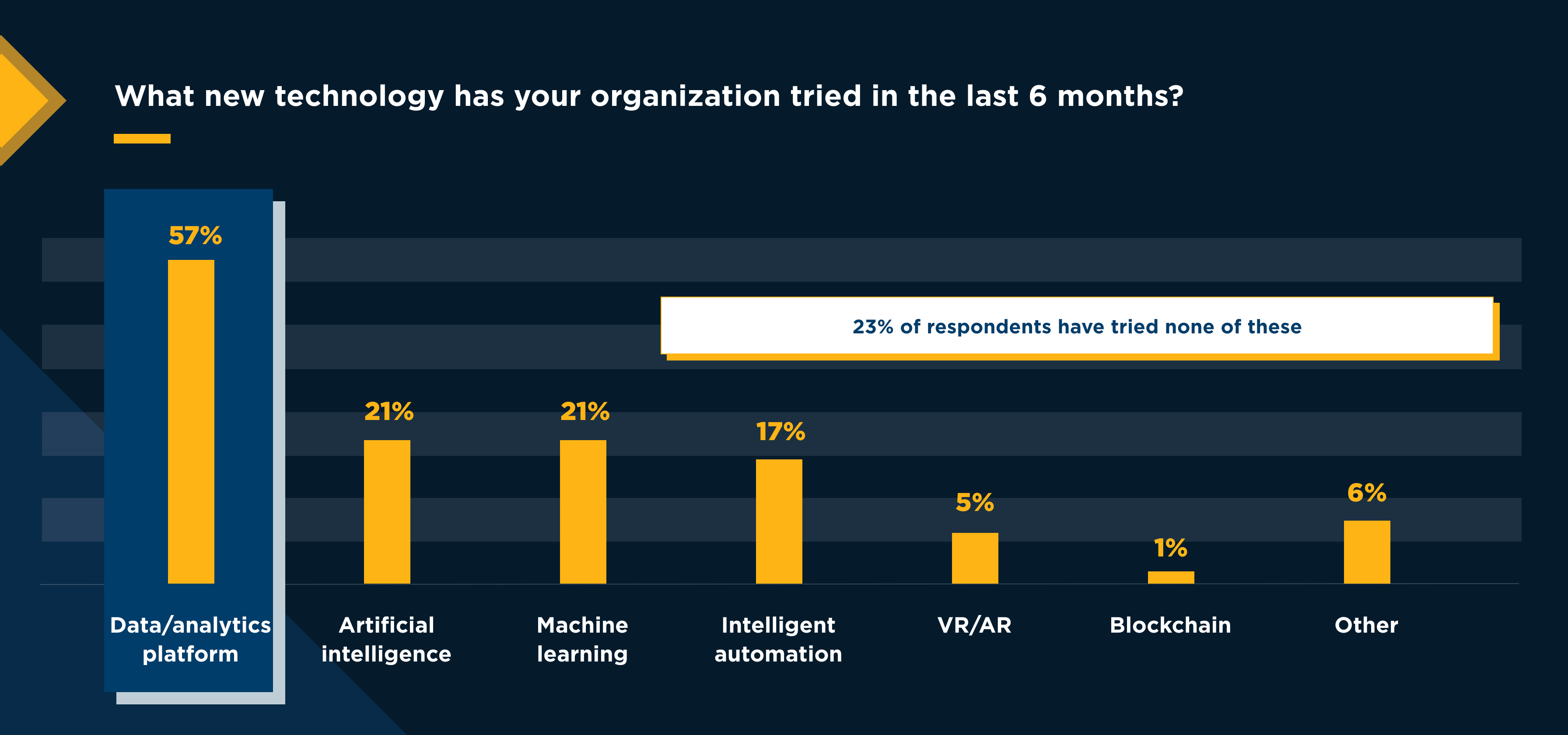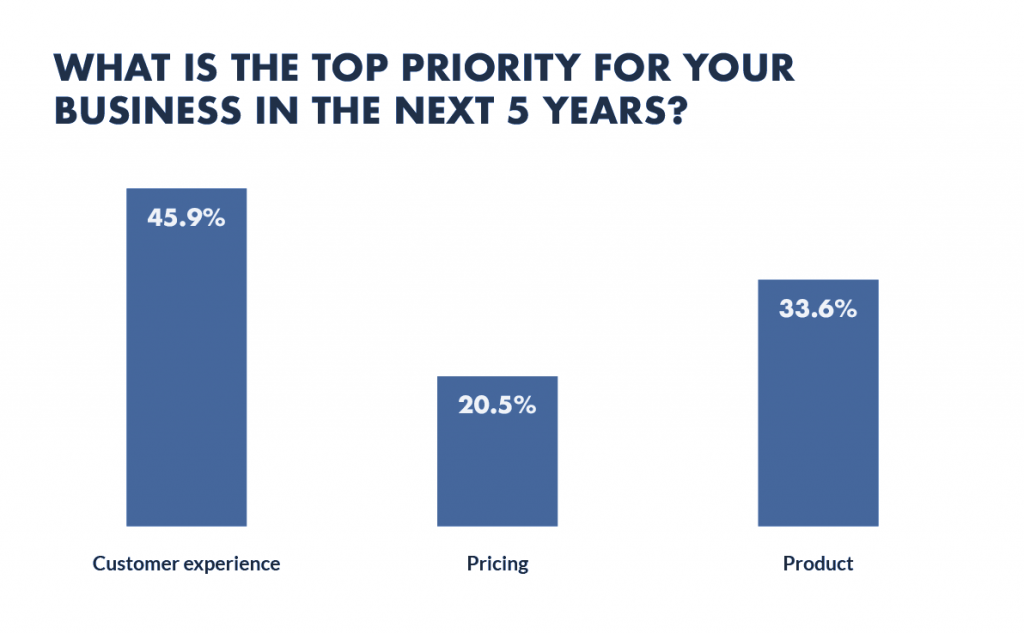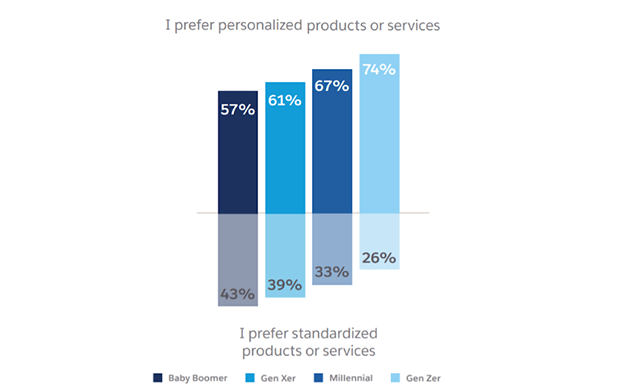Between travel bans, stay-home orders, and social distancing measures, many of the things we had previously taken for granted became nigh on impossible almost overnight. This led to all kinds of inventive solutions. Many of the changes that occurred since then have proven to be lasting – not least consumer habits and the ways companies respond to them.
In the field of customer experience (CX) design, which brings together aspects of marketing, sales, public relations, and customer service, many have noticed a change in what customers expect from the businesses they buy from.
In an increasingly packed marketplace for consumers’ attention, nailing your CX is integral to achieving a high conversion rate and retaining the customers you already have.
To help you navigate the new landscape of CX design and implementation, we’ll look at some of the key ways that customer expectations have changed post-COVID, and how companies can best adapt their strategies in response.
How Have Customer Expectations Changed Post-COVID?
In a survey conducted by NBC, the vast majority of the responders said that customer service has gotten worse during the pandemic times. Customers had to contact companies multiple times to get their issues resolved.
Covid has brought reconstruction to the global economic order, social and organizational structures and processes, thanged customer habits and expecations and brought the “next normal” to our lives. During the pandemic, there are two strategic pivots that have paid off and will need to be incorporated into CX considerations going forward. Firstly, an increased emphasis on the digital experience. And secondly, a greater commitment to the values of empathy and compassion in customer relations.
The Digital Experience is More Important Than Ever
Whether it’s working from home, remote learning, virtual events, purchases, or banking operations , we’ve all gone digital. Organizations have had to work their way around the near-total disappearance of in-person communication. In this respect, businesses underwent arguably one of the most salient and lasting transformations.

While the transition from physical, in-store retail to a business model more built on ecommerce and online sales was already well underway at the beginning of 2020, COVID-19 has greatly accelerated this process.
For example, the report for the United Nations Conference on Trade and Development found that 49% of survey respondents found themselves shopping more often online since the outbreak of the pandemic than before.
The same report found the growing normalization and frequent preference for online shopping to be more prevalent among some demographics than others. It states that the shift was most pronounced for women, highly educated consumers, and 25–45-year-olds.
It’s worth noting that the lower percentage of survey respondents in the 16-24 category may be down to that group already having a greater preference for online shopping, prior to the outbreak of COVID-19. Reports into the consumer behavior of Gen Z have suggested an existing readiness to spend money online and a notable inclination towards shopping from mobile devices, compared to other age groups.
With this in mind, focusing on your company’s digital CX is a great strategy to secure your future revenue when facing declining in-store sales.
People Expect More Empathy and Understanding
The second major change is that people now demand a higher level of empathy and understanding from companies as part of their CX.
62% of U.S. customer support managers say customers will expect representatives to have more emotional empathy in their interactions—both during and after the pandemic— than ever before.
Source: Calabrio
Just look at the sweeping changes that have taken place in the aviation industry as a result of a wave of scandals and public relations disasters that saw airlines delaying – or even flat out refusing – to issue refunds for canceled flights and to customers who could no longer travel due to restrictions.
As a result of the scandal, RyanAir has completely overhauled its customer services and now promises to fully refund customers within five days of a canceled flight. The change, from a company that once prided itself in being a “no refunds” carrier, reflects the growing emphasis businesses are placing on cultivating a more warm-hearted public face.
4 Changes to Enhance your Customer Experience
Now that you understand the two biggest influences the pandemic has had on CX, it’s time to consider some of the ways your business can adapt.
1. Create Personalized Experiences
One of the main reasons you should be gathering and analyzing a range of data is so that you can offer your customers more personalized experiences.
From a marketing perspective, the wealth of data that modern website and app administrators have access to means that dynamic marketing content can be tailored to each individual lead.
Common examples of content personalization include incorporating banners and carousels that display product suggestions on your website, and personalized emails that offer your customers unique offers based on their purchase and browsing history.
But CX is about more than just marketing. In the field of customer support, a data-based approach that uses known information about customers to tailor their customer service journey can help people to feel that your business cares about them. This is a great way to create happier and more loyal customers.
To implement personalization in your customer support processes, make sure your inbound contact centers are equipped with an intelligent communications platform that can inform agents of important caller data in real-time.
2. Embrace the Omnichannel Customer Experience
Omnichannel customer experience is one that seamlessly crosses multiple platforms, both online and offline. To improve the customer experience across the most used channels, businesses need to ensure continuous messaging at all touchpoints, regardless of which route the customer takes.
Nine out of 10 consumers want an omnichannel experience with seamless service between communication methods.
When designing your omnichannel CX, it is important to research your customer’s preferred channels and ensure you are directing resources to the right place for your customer base. For example, if your clientele is less tech-savvy, you may want to focus your contact center operations more on telephony than live chat.
But even if your customers prefer calling up the “old-fashioned” way, that doesn’t mean the communications technology you use shouldn’t be up-to-date. Solutions like fixed VoIP provide all the benefits of modern telecoms solutions including analytics capacity.
Make it as easy as possible for people to get in touch by offering multiple lines of communication.
3. Mobilize Advanced Data Analytics
A good digital CX strategy starts with data. The most effective way to meet customer expectations is to ensure you are effectively capturing and analyzing sales, customer service, and advertising data.

Aligning your data pipeline with your digital CX goals means making the most of the powerful data tools available to online retailers and web developers today.
There are several ways to go about doing this but having an effective Customer Relationship Management (CRM) system in place is certainly a good start. The right CRM platform allows you to leverage your customer data effectively to boost sales and optimize the experience of your brand.
4. Align Your Business Processes with Your Customers’ Expectations
When it comes to meeting your customers’ expectations, empty gestures aren’t going to be enough. Consumers want to see evidence that your business actually cares and acts according to the values they hold as important.
When companies present one way but their business practices don’t tell the same story, they’ll be perceived as insincere and hypocritical.
Aligning your business practices with customer values is a matter of keeping your finger on the pulse of the public mood and actively engaging with your loyal customers through outreach. There are many customer feedback channels you can use to do this.
What Next?
We can all agree that the world now is a very different place from the world at the start of 2020, and it’s likely to keep on changing. In less than two years, so many things are different that it can be hard to keep up.
With this guide, you should now have a better understanding of the ways that the landscape of business-consumer relationships has changed. For companies that want to create a revamped CX for the twenties, looking at the ways that customer expectations have changed post-COVID is a great place to start.













